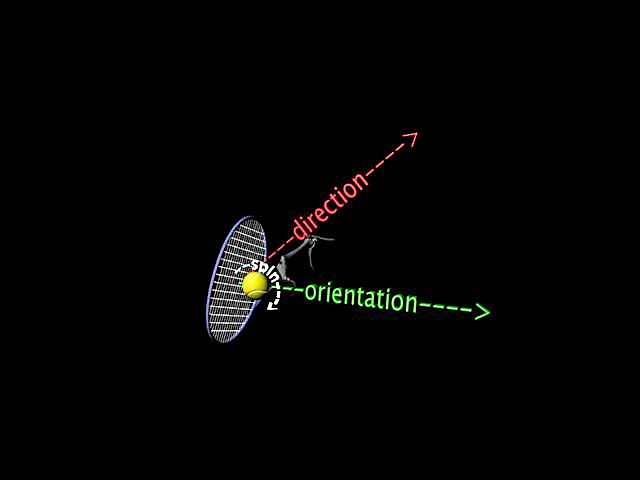SINS
SINS is a pnemonic. It is my first and last pnemonic - the Alpha and Omega of this entire 50 year project. I have never before used pnemonics as a tool in my lifelong struggle against tennis ineptitude because I was never sure enough of my understanding of the complex and varied vicissitudes of the game to boil it all down to a few key concepts. Now I am sure. 100%. I know what is important during a match, in a practice session, or when analyzing or encouraging a student. It is simply this:
- Snap
- Indirection
- Net avoidence
- opposite
- of dumping the ball into the net guarantees
- that winners aren't wasted originates
- in the will trigger
- trust in topspin (or gravity) notes
- Never hit into the net! Ever!
- No excuses!
- No exceptions!
- Racket Head Speed
Feelings over Results
Ask any A-player this question: "During a game, which worries you the most; hitting a ball out or hitting a stroke that doesn't feel right?" I have asked this question many times of many fine players and the answer is always the same - it is the ball that doesn't feel right. The truly talented ignore thier own errors and winners and instead strive for something they call "feel". If a stroke feels right but misses the mark; it is fine - change nothing. If you hit a winner but the stroke doesn't feel good; it is time for a change. If this is the opposite of what you are doing, you are just like me for the past 50 years. This is why our best strokes always fall apart over time but the A-players, once they develop a stroke, seem to be able to hit it again and again forever. I once believed that A-players' ability to hold on to thier best shots was a static situation; better muscle memory or something. Now I understand that this stickyness is a dynamic process; a feedback loop that uses 'feel' to reinforce good stroke habits and extinguish the bad. Feel becomes the only goal, both short and long term. If you double fault a game away but each serve felt good; change nothing and care naught. If you strike a miss-hit that hits the line for a winner ... panic! Make adjustments! Forget about errors; focus on feel.
The SINS pnemonic codifies the four fundemental performance goals common to any tennis stroke. The term 'SINS' is important, because it emphasizes the necessity to achieve all of these results every time you hit the ball. Thus it is a 'sin' to hit into the net, fail to achieve racket head speed, fail to snap the racket or fail to hit with indirection. But negatives are terrible in tennis - they lead directly to Tennis Hell. To be useful, feel must be concrete and affirmative. How do you acheive snap? If you should not hit into the net, how high should you aim the ball? How do you go after racket head speed? What creates indirection? Obviously everything else on this site is designed to help we "special people" to achieve these goals, but all too often we believe we are hitting with snap, maximum racket head speed, appropriate indirection and proper ball trajectory but we just aren't. I am convinced that the ability to recognize subtle cues denoting success or failure to maintain proper stroking is an enormous component of talent.

